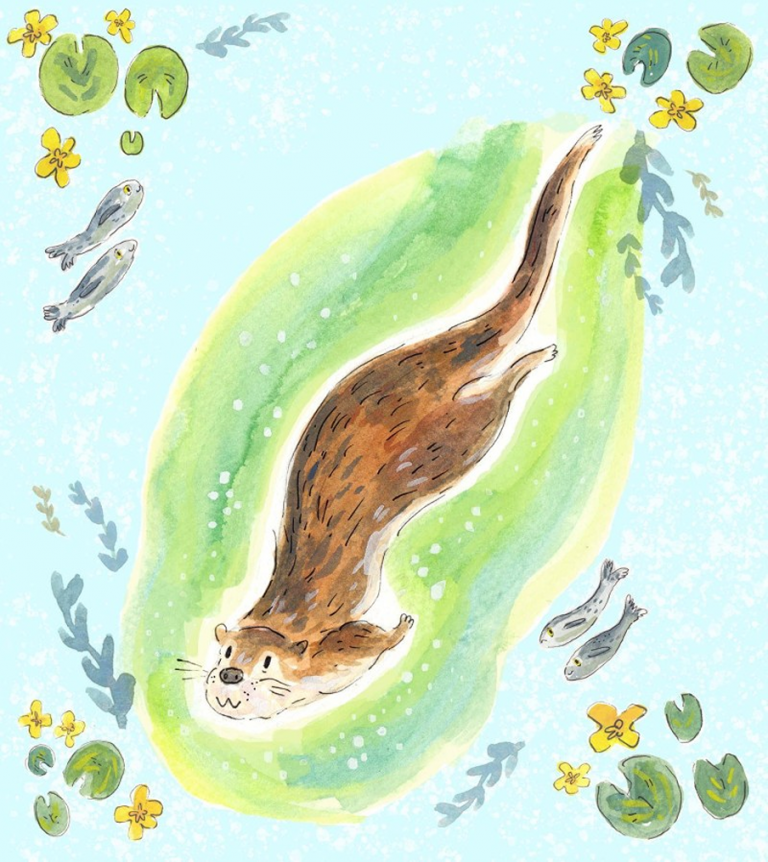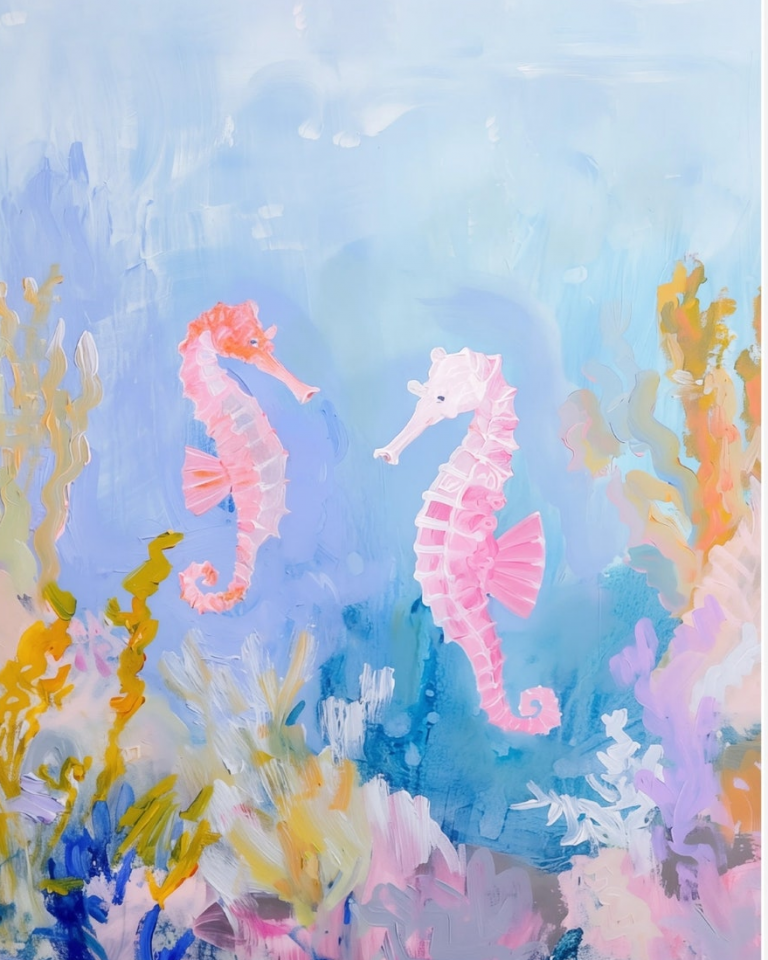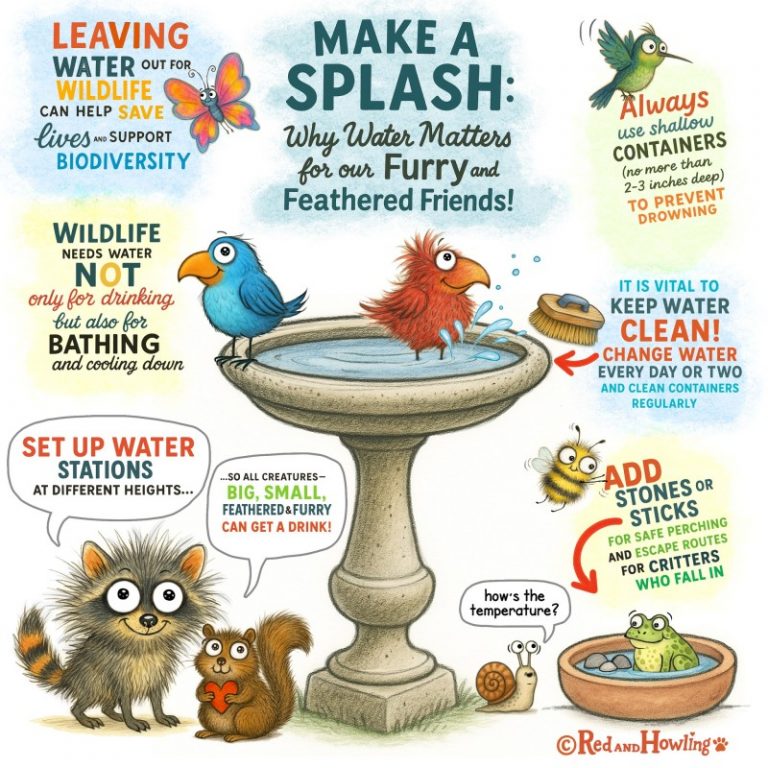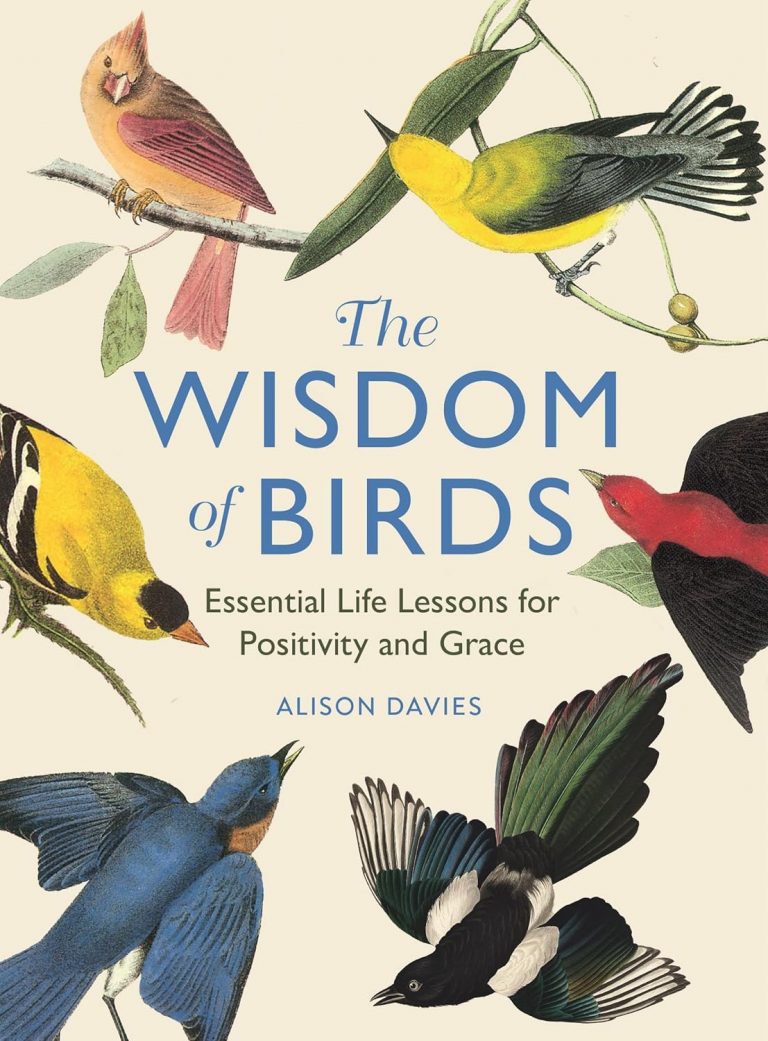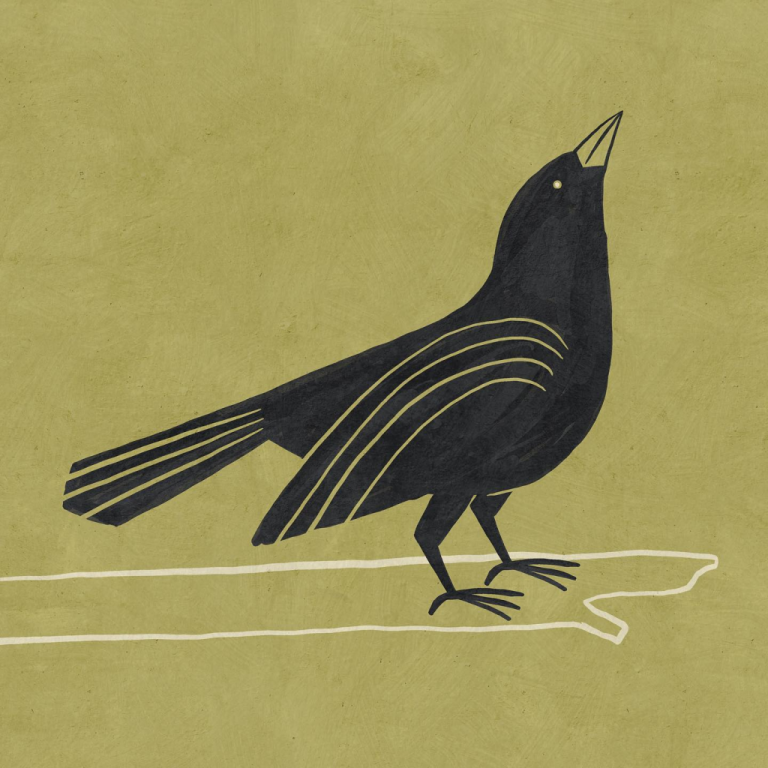
Moths are often over-shadowed by butterflies, but are just as beautiful and important for ecosystems and pollination.
Moths are nocturnal so you are less likely to see them, but these are the creatures (along with bats) that pollinate flowers at night, when butterflies are fast asleep! This is important, as night-blooming flowers need wide-awake pollinators!
Moths are also a vital food source for birds, bats and other insects, so form an important part of the food chain. Just like there would be no owls without rats, without moths there would not be many of our favourite garden birds.
An Anthology of Butterflies & Moths is a stunning gift book with notes, photos and illustrations of over 100 species.

There are thousands of species of moths worldwide, adapting to climates from forests to deserts. But here in England you’ll likely find them in gardens at night, or often as ‘crawling caterpillars’ on the ground, while they take a few weeks to become flying moths.
Most adult moths look a bit like tree bark and leaves, so they can easily hide from predators. Hazards include garden chemicals, climate change and deforestation.
Like many nocturnal creatures, they rely on the moon and stars to navigate, which is why light pollution has negative effects (orange-hued lampposts help to prevent insects crashing into light in their millions, which is why happens with blue-hued lights).
If planting flowers for butterflies and moths, learn how to create a safe garden for pets (many flowers and other items are unsafe near animal friends).
How to Help Injured Butterflies & Moths
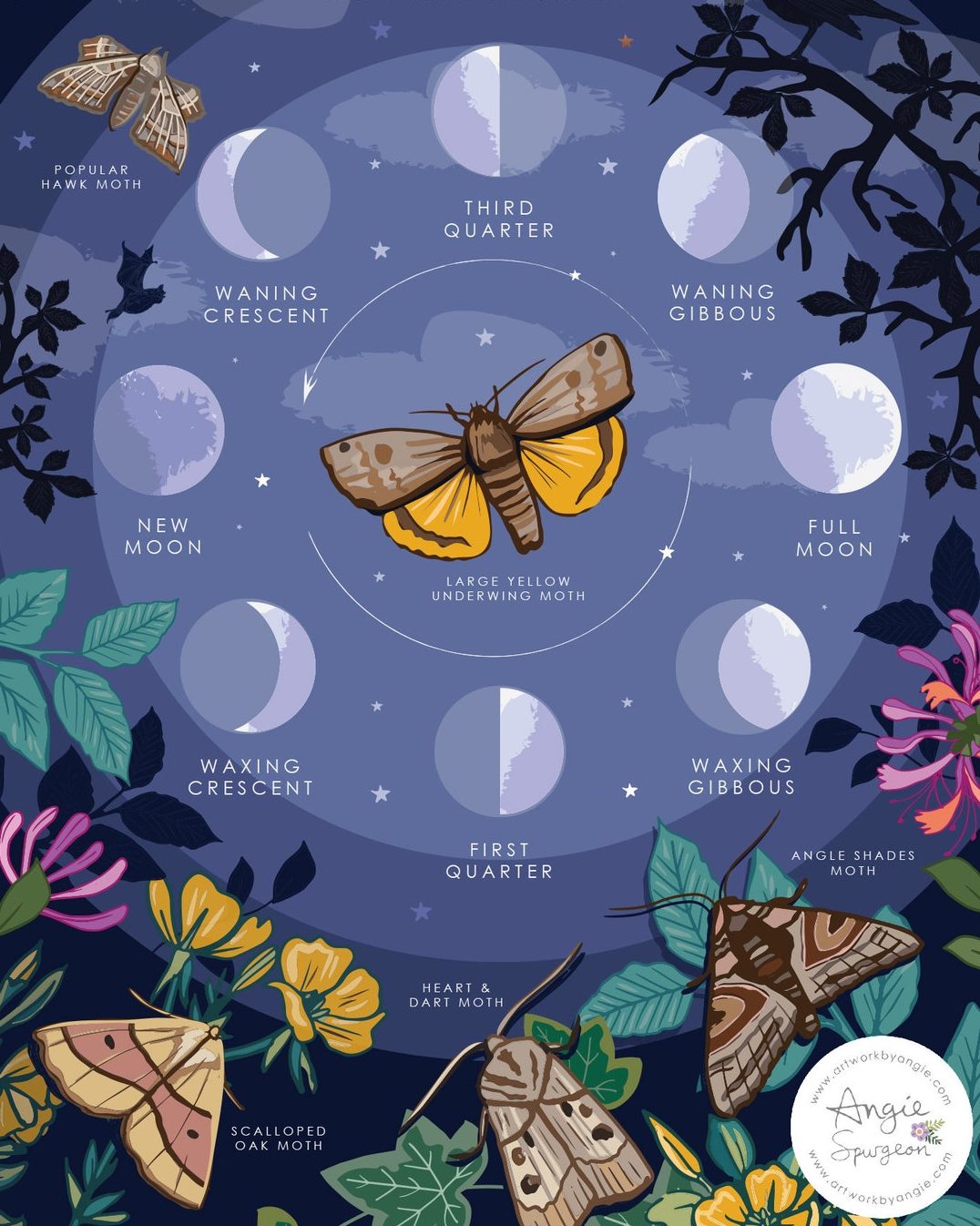
It’s good to leave windows ajar in spring, to let butterflies and moths escape, if they accidentally fly into your home.
- Be careful, as even touching a the wings can transfer oil from our hands, which could weigh the creature’s wings down.
- If a butterfly or moth looks unwell, use a piece of paper to gently move the creature to a box with air holes, leaving a few leaves inside.
- Soak a plastic-free sponge in a solution of 1 part sugar to 4 parts water, and place nearby. Or place some ripe banana or mango nearby, as alternative food.
- Keep the box in a quiet place, away from direct sunlight.
- Check the box now and then, to see how the creature is doing.
- If it recovers, release in a calm place with flowers, for food and shelter.
- If it does not recover, don’t worry. Sometimes butterflies and moths don’t heal, you have done your best. Gently place in a flower bed, as a final resting place.
Keep Away from Oak Processionary Moths
These accidentally came to England from mainland Europe, and have a protein that can cause allergic reactions and breathing difficulties.
Keep humans and pets away from grey/white caterpillars (which can detach hairs in spent nests and on the ground) and contact a doctor/vet if in contact.
Cordon off infested oak trees from livestock and horses (oak/yew trees are toxic to horses).
Mostly found in the London area in spring/summer, report any you see to your council and Treealert. There is a ‘natural predation’ control order in place, which basically means encouraging birds and insects, to eat them.
How to Prevent Mothballs, Naturally
The only moths likely to cause issues are clothes moths (that eat wool, feather and fur). So if you don’t wear animal fibres, your wardrobe won’t get mothballs.
To reduce risk, deep-clean and vacuum places with stored clothes (in sealed bags). If used for prevention, keep red cedar balls away from pets and children.


